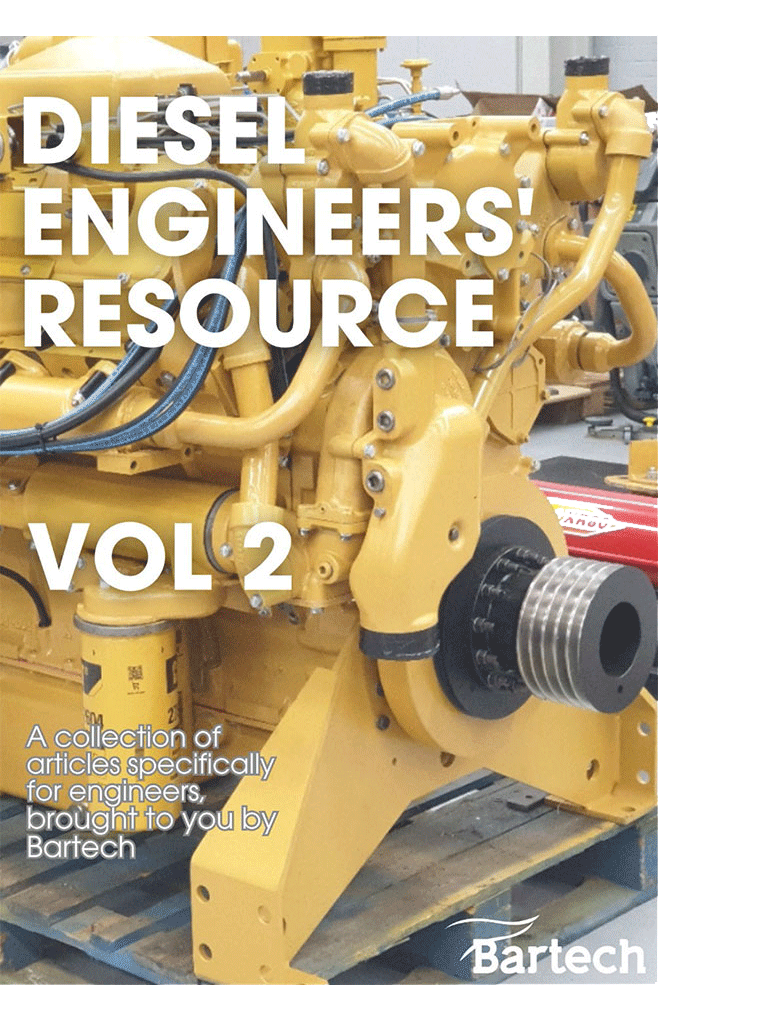We were recently asked by a cruise liner operator to attend one of their vessels and investigate the failure of 2 big end bearings on their Paxman VP185 emergency generator engine after they recorded high crankcase temperature during a monthly test run.
On arrival, the engineers onboard had already drained the oil and removed all crankcase doors, cylinder heads, piston and rods.
Due to the low hours of the engine, we were informed no recent or previous work had been carried out before the failure.
On inspection, we found the crankshaft journal for cylinder 5 in a very poor condition as reported and the remainder of the failed bearings.
We concluded there wasn’t an issue with the top end of the engine after removing and inspecting the Cylinder heads and piston and rods.
During further investigations, we found the following:
- Liners had signs of surface rust and some rough areas but these could have been from the big end failure and condensation due to the age of the engine and the low hours run and the small amount of load put on the engine when run
- Good oil flow was seen from the crankshaft journal on cylinder 5
- End floats on all big ends were ok
- During a borescope inspection of the other cylinder units, all piston crowns and cylinder heads/valves looked to be ok
- All the liners had signs of corrosion
- Con rod bearings and shaft – Journals 6&8 had small watermarks present
- Bearing from rod A8 also had some debris and score marks/pitting found, the debris could be from the two failed bearings
- The camshafts were visually checked at cylinder 5, these didn’t look to have any major damage present where they could be seen

Unfortunately, due to the engine already being dismantled on arrival and the damage found, we are unable to clarify exactly why the engine has failed.
The low engine hours and load placed on the set could be a contributing factor as well as the corrosion found on the liners and watermarks present on the 2 crankshaft journals.
These again are from the low load and engine hours caused by condensation etc.
There may have been a coolant issue in the past with it getting into the cylinders or oil that we do not know about.
So, what next?
Due to the extent of the damage found on the crankshaft, this needs to be replaced.
All liners should also be replaced, as well as the 2 con rods from cylinders A&B5.
As the location of this engine would require significant intervention to remove the crankshaft or the entire engine, the operator will need to decide whether the operation to exchange/repair the engine is carried out immediately or if it can be scheduled in conjunction with the next dry-docking activities.
In this case, luckily the operator is in the practice of performing monthly test runs, or the engine would have failed when called upon in an emergency.


